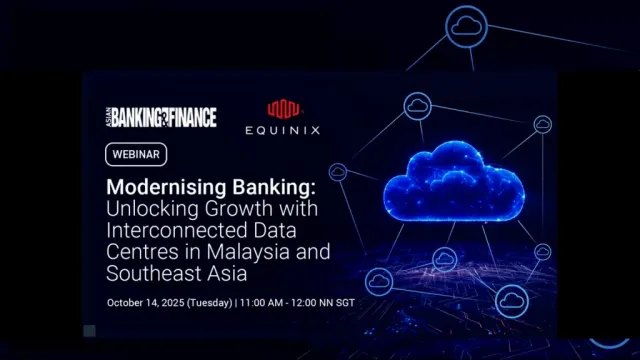
Banks explore stablecoins as digital currency gains traction
The future of banking deposits is changing due to the growth of stablecoins.
Financial institutions face a dilemma: issuing stablecoins has a cash expense regulation that could undermine lending models.
The future of banking deposits is changing due to the growing popularity of stablecoins. Current regulations require holding 100% cash equivalent reserves, which could undermine banks’ fractional-reserve lending model.
However, if they could not issue a stablecoin, they may not be able to hold the deposits that constitute their reserves, according to McKinsey & Co.
Stablecoin transaction volume pegged to the US dollar has risen sharply over the past two years, exceeding $27t per year, according to data from Artemis and the World Economic Forum.
About $250b of stablecoins have been issued, according to transactions verified and recorded on a blockchain.
Financial institutions who choose to participate in the stablecoin opportunity should start building the appropriate infrastructure. This will involve acquiring talent, building the technological capability— which could involve partnering with existing players or to build from scratch— and even educating executives who often do not understand the evolving landscape of stablecoins.
Financial institutions will also have to assemble a “coherent blueprint” to achieve a value proposition.
“Lessons learned from historical attempts to scale adoption of tokenized cash indicate that a “build it and they will come” mentality is unlikely to succeed,” McKinsey said.
“To achieve such a value proposition, financial institutions should identify the most promising opportunities and then test demand for such applications with customers and stakeholders. Assembling a coherent blueprint for the path to market is equally important,” it added.
Some incumbent financial institutions are striking partnerships with Web3 fintechs, especially for critical components such as wallets, custody, liquidity, transaction monitoring, and market indices, it noted.
Conversely, the adoption case for a stablecoin issued by a single bank is not strong and is challenged further by the fragmentation this could create in the digital ecosystem.
Options include participating through the formation of a consortium in which participants all issue the same stablecoin but with segregated reserves; collaborating with a global issuer that offers a universal stablecoin with integrated reserve management; or relying on the issuer depositing funds back with the financial institution equal to the value of stablecoins being issued for them.



















 Advertise
Advertise









